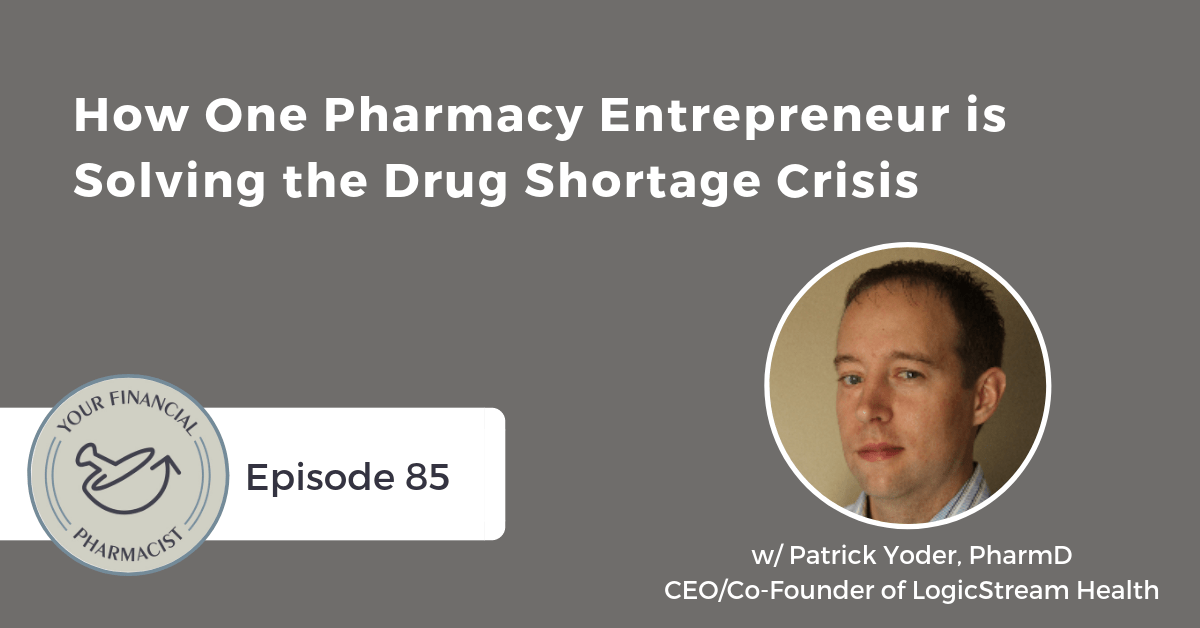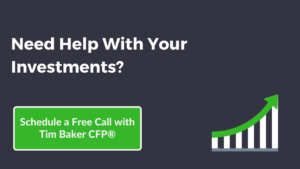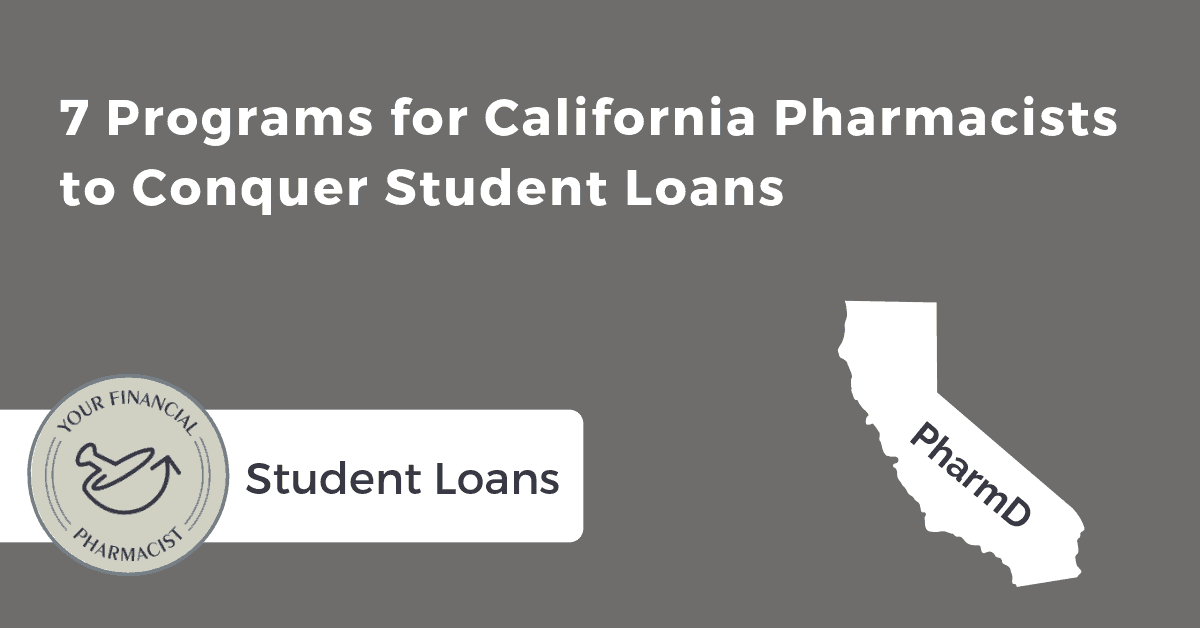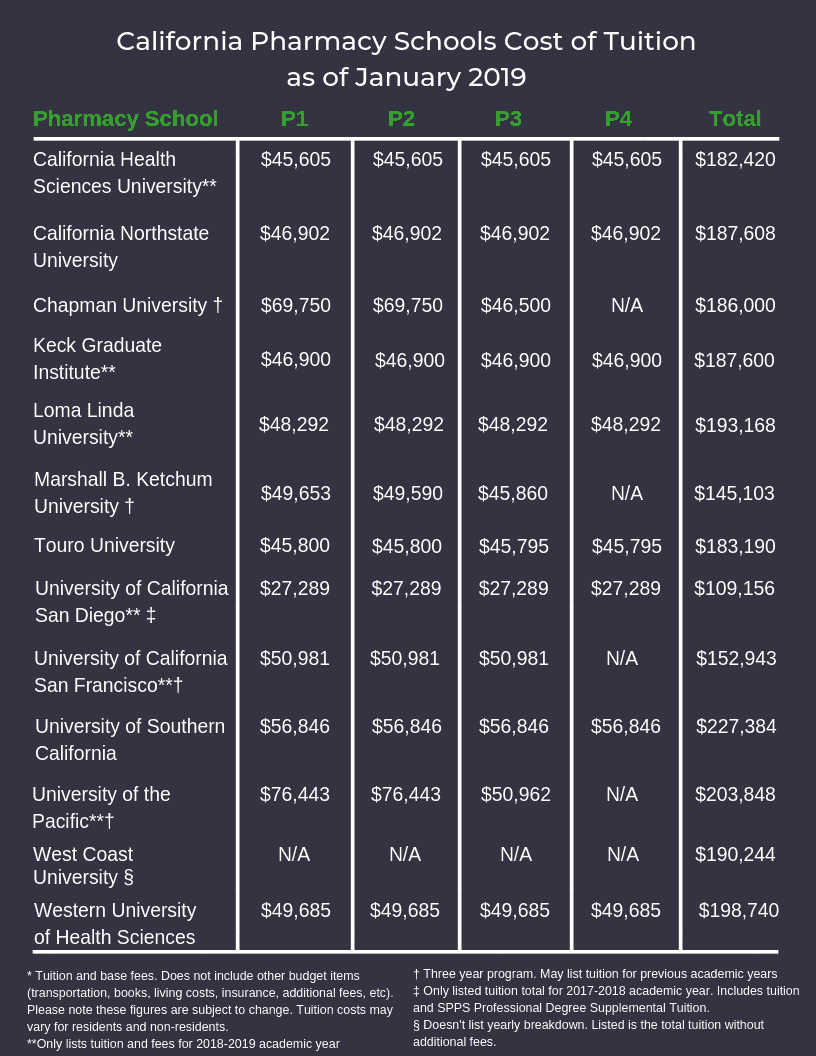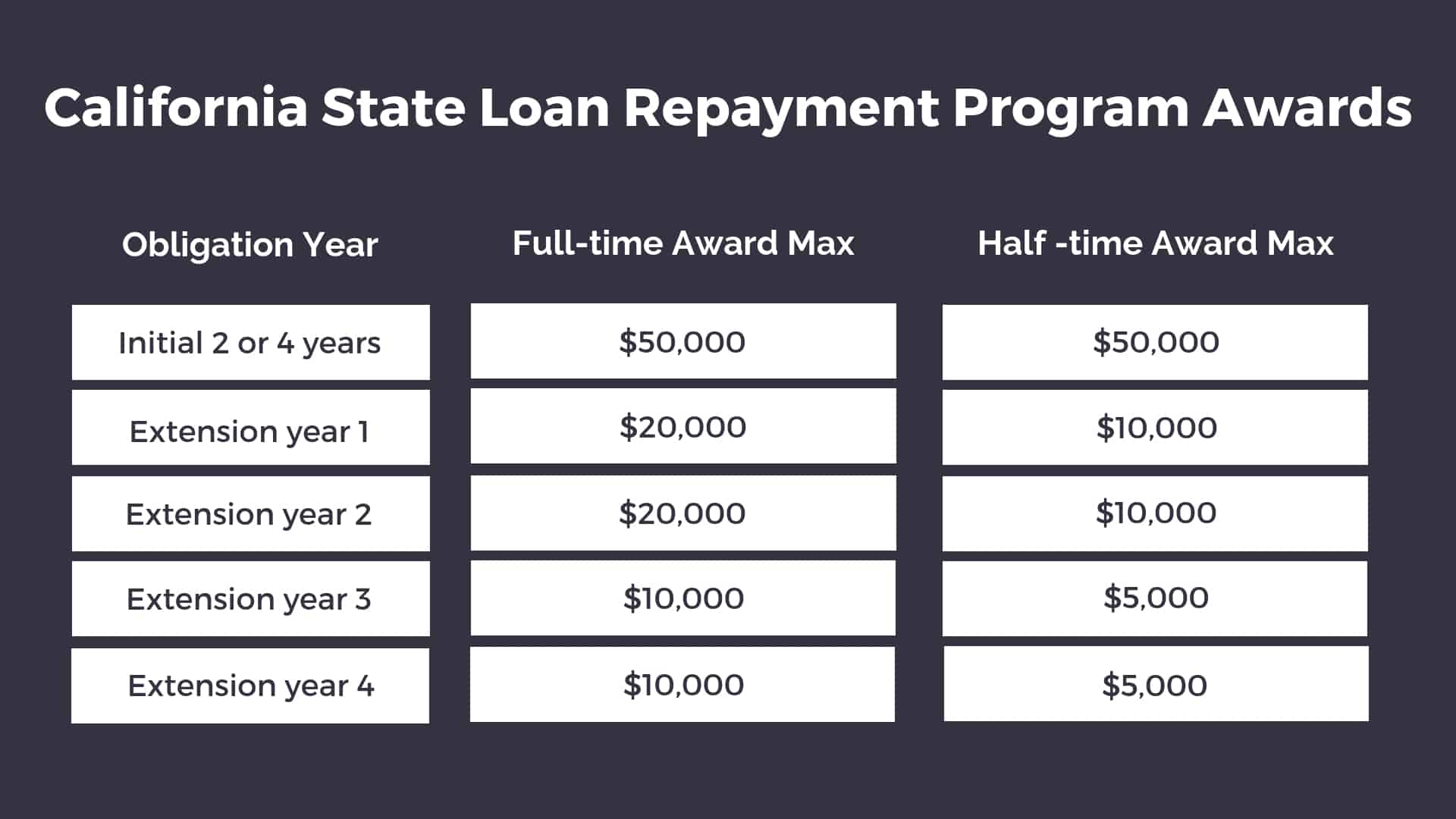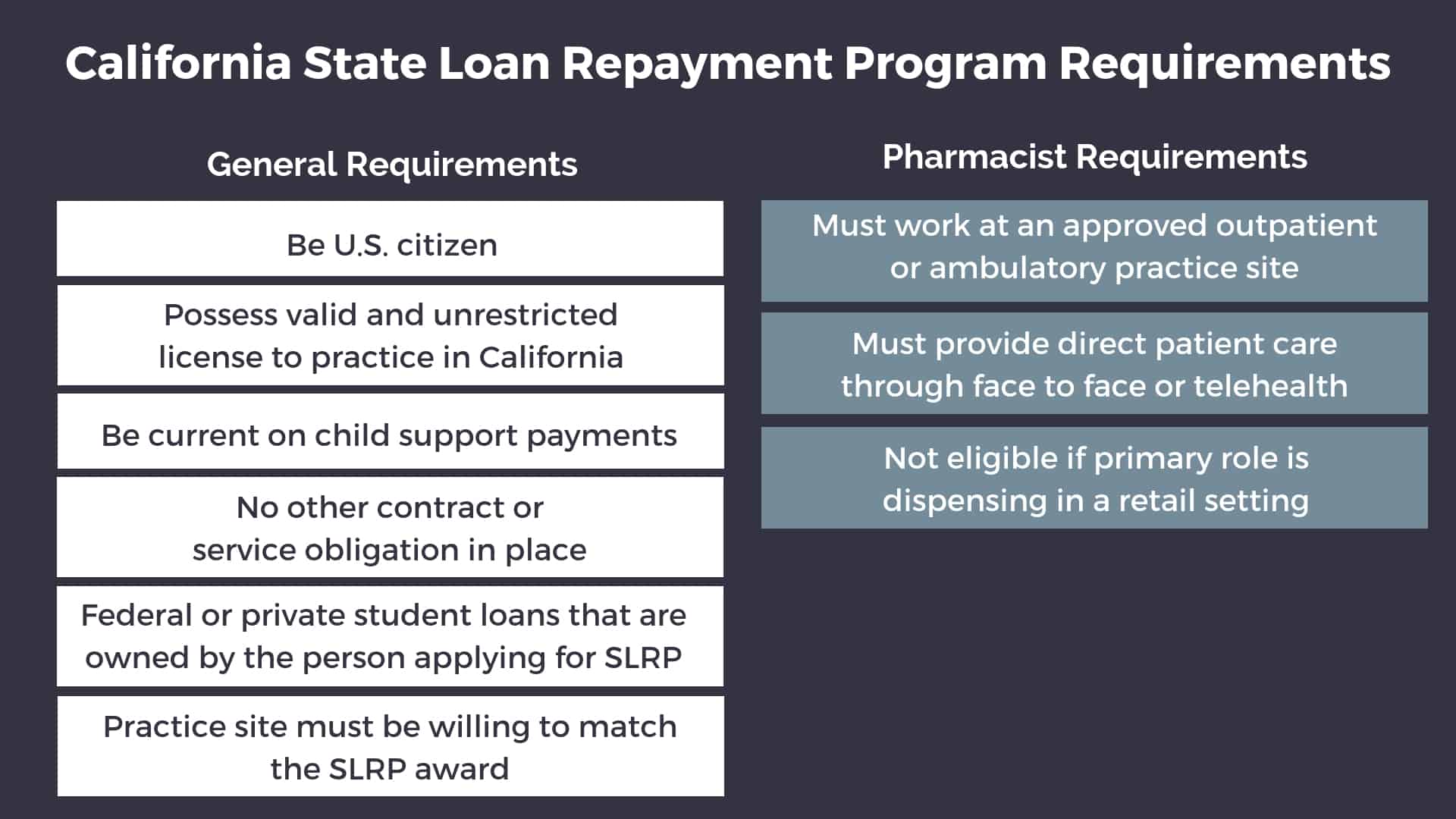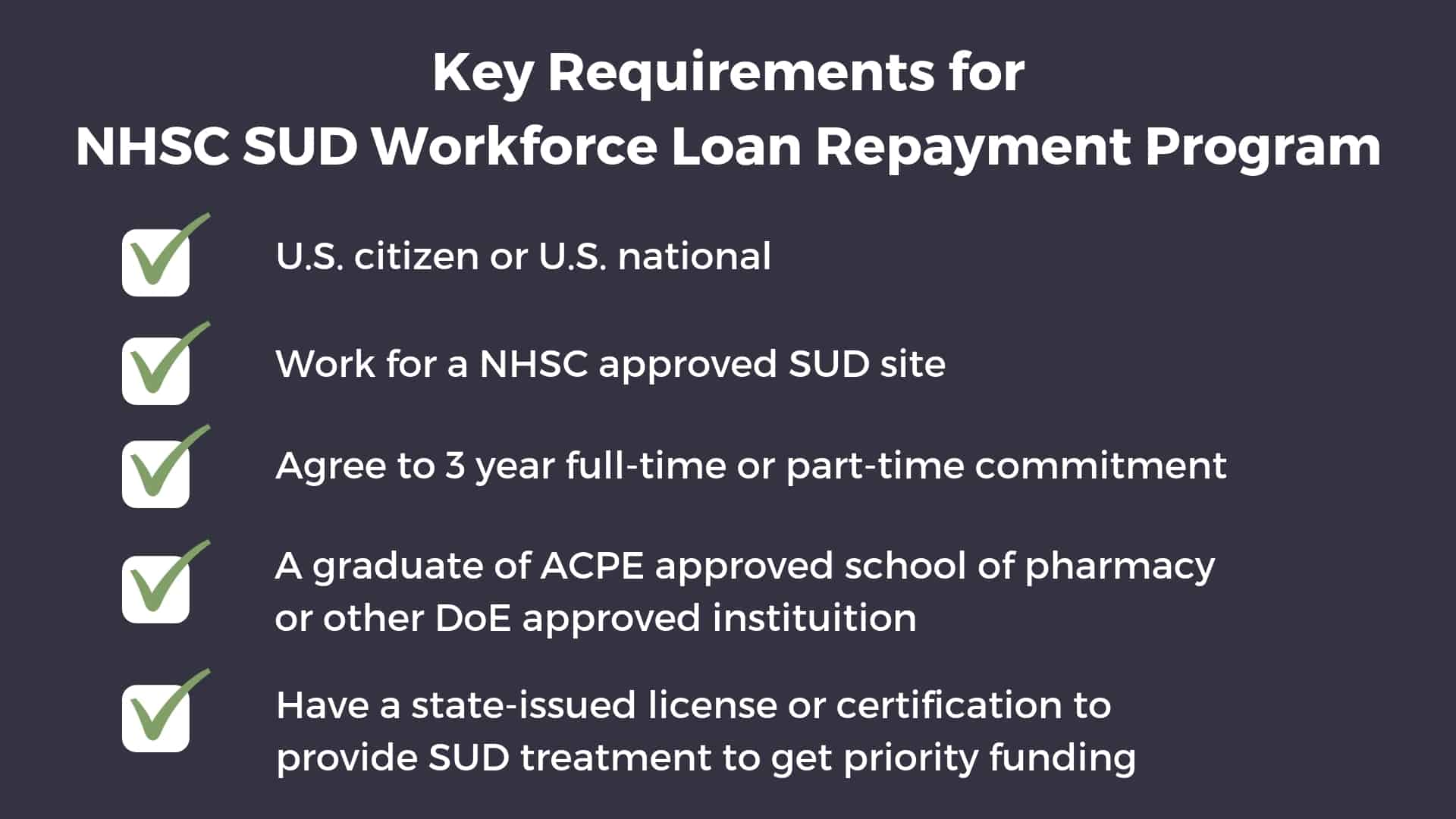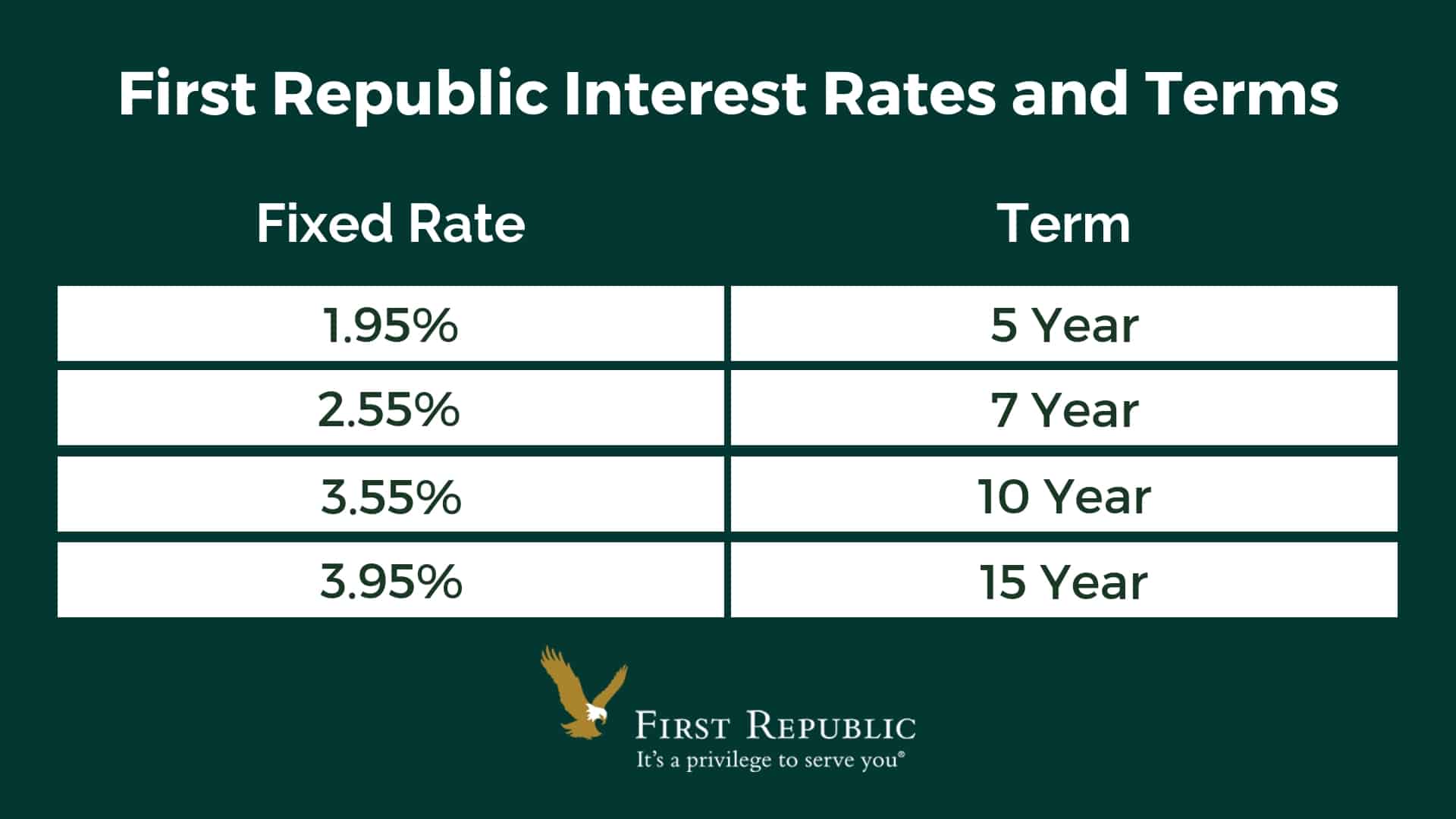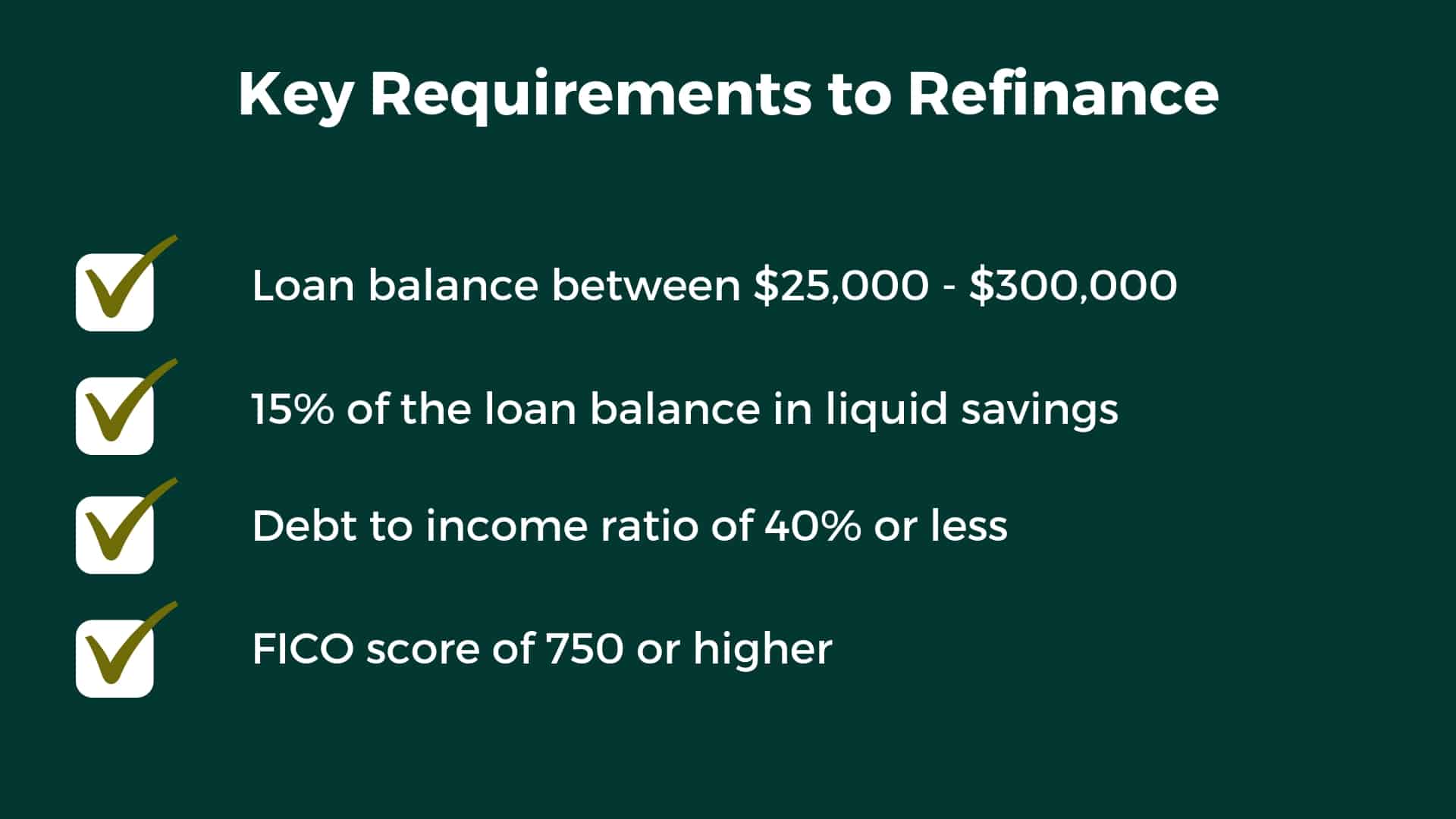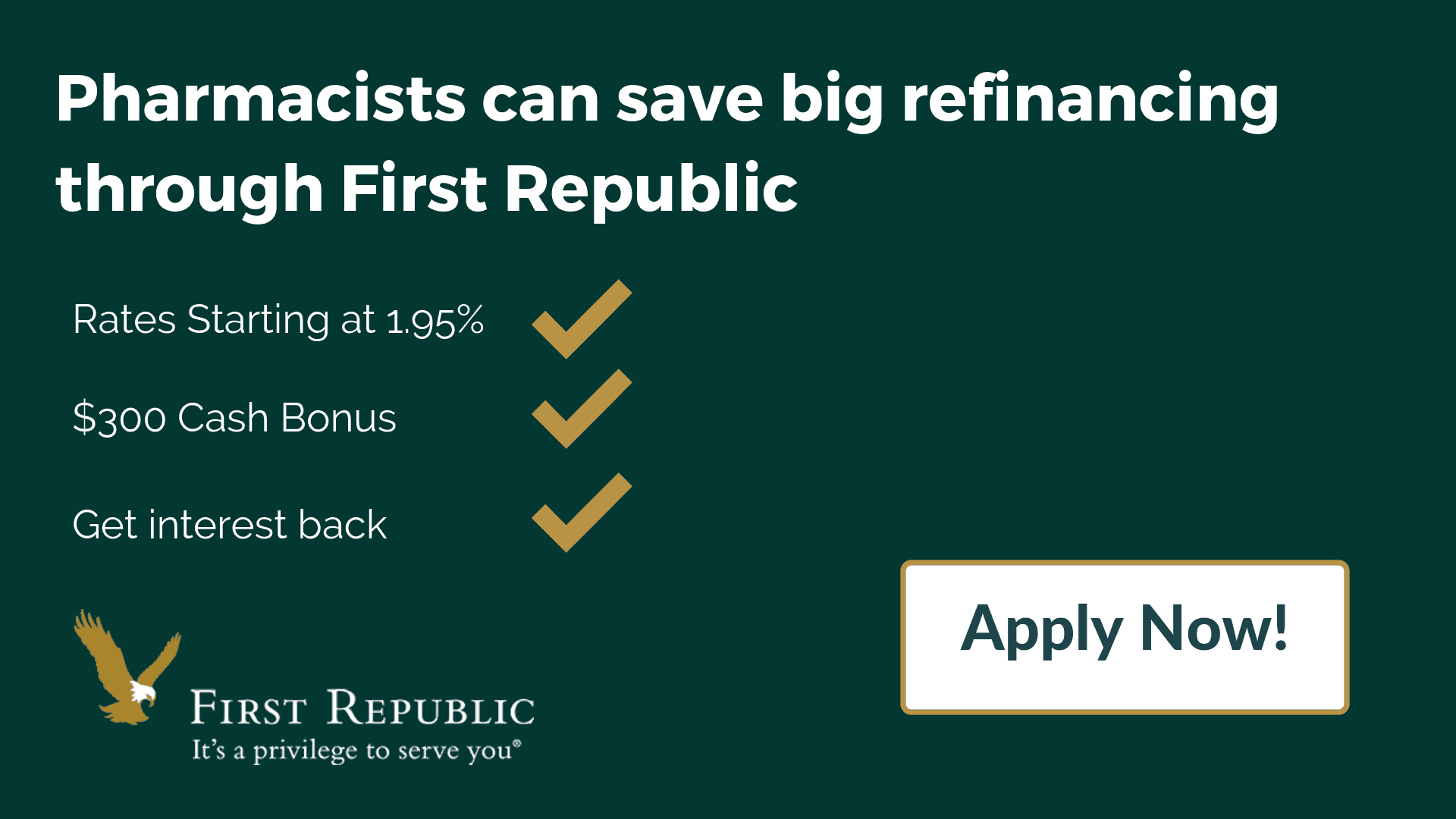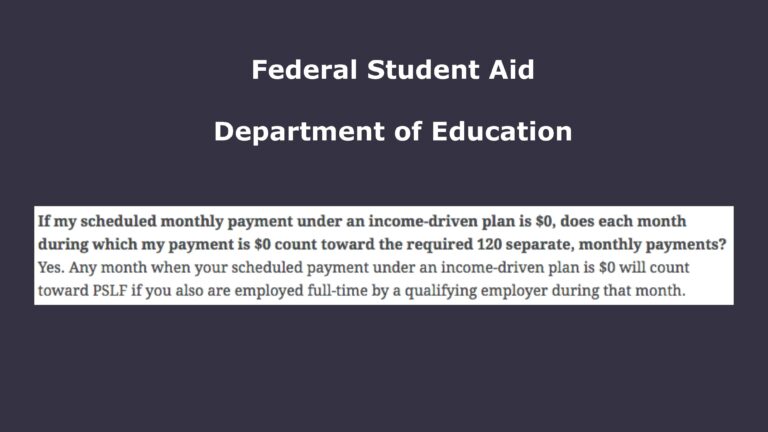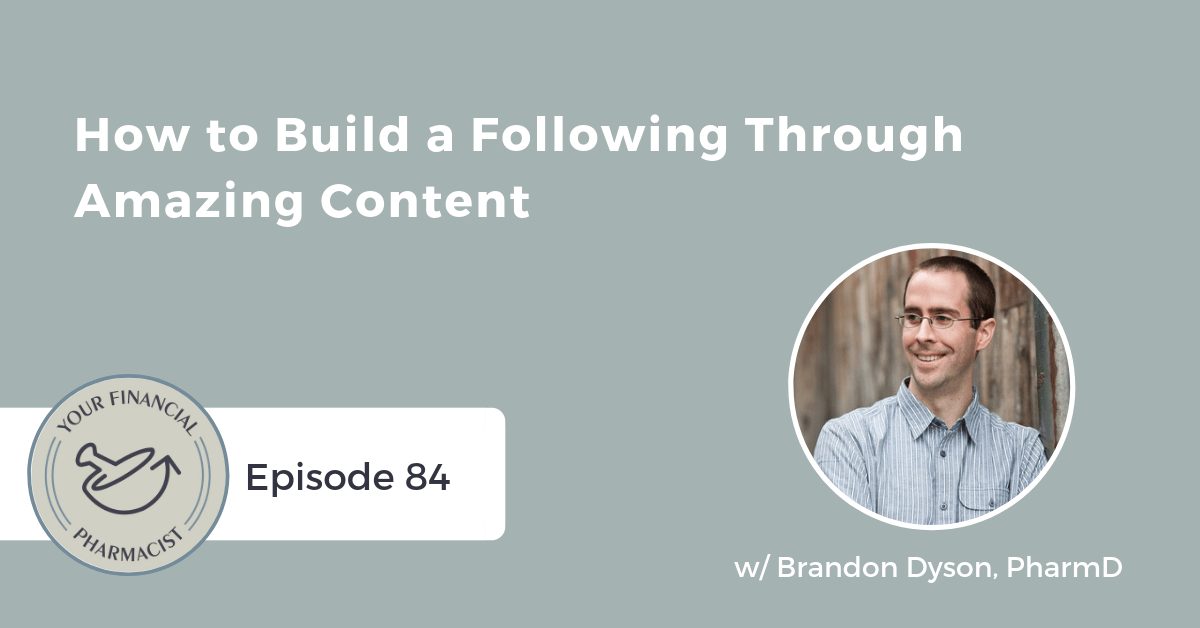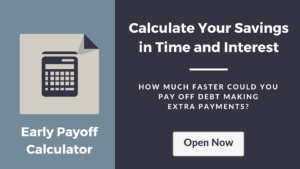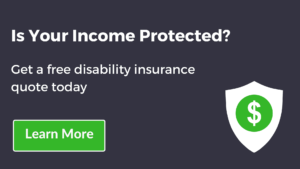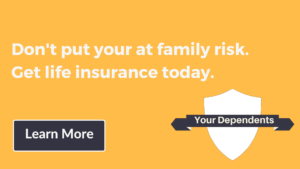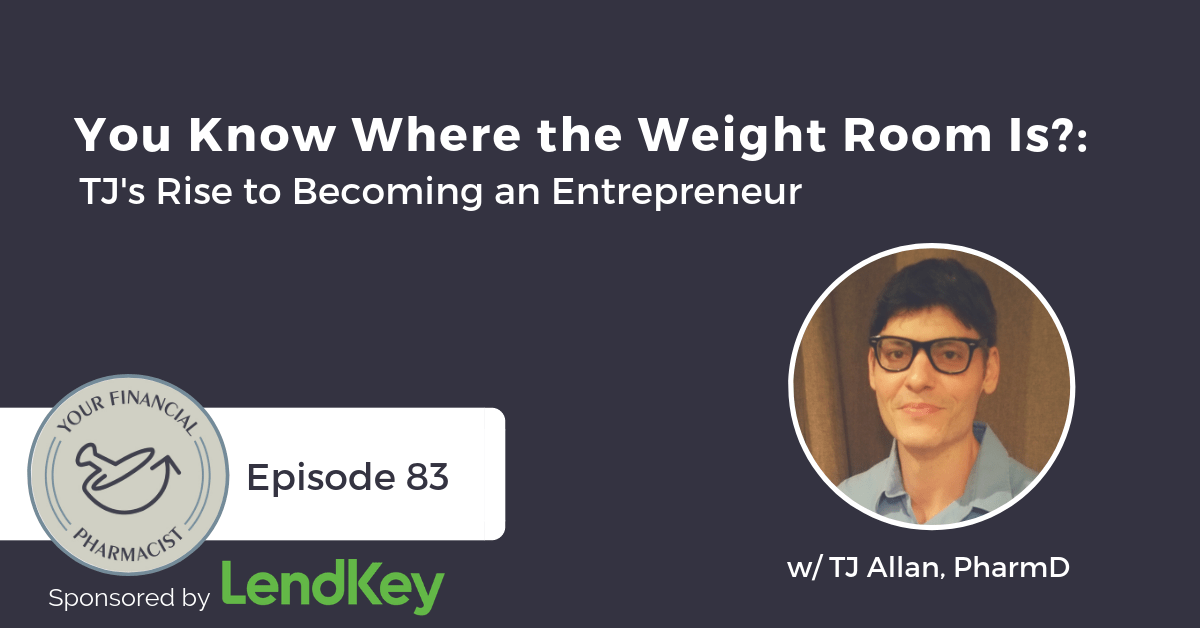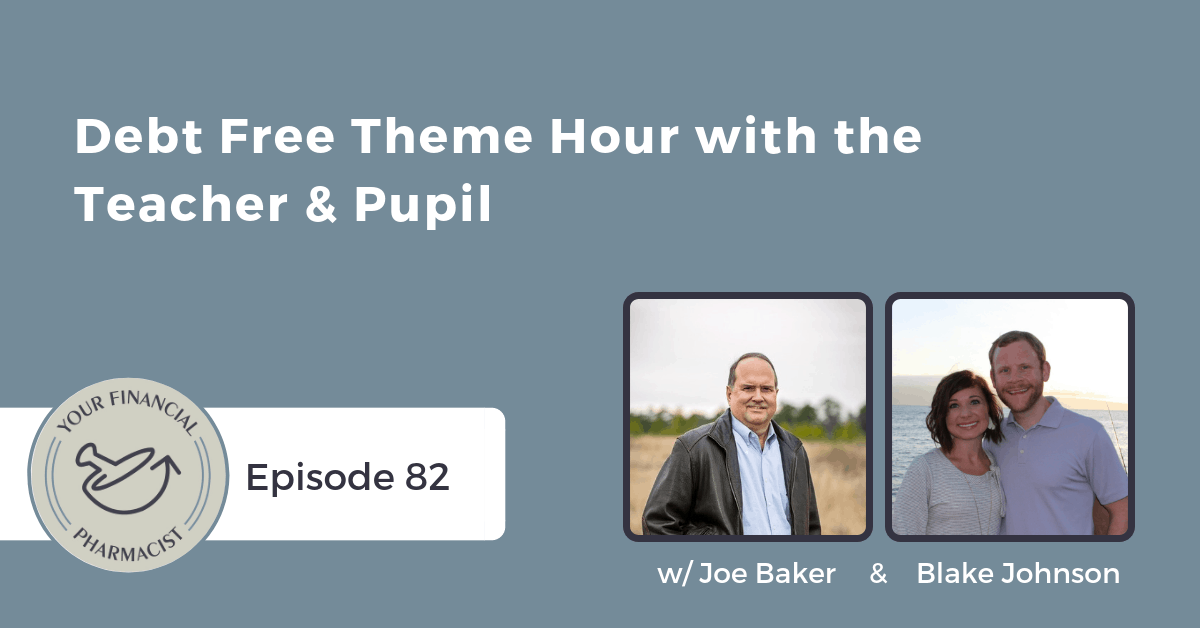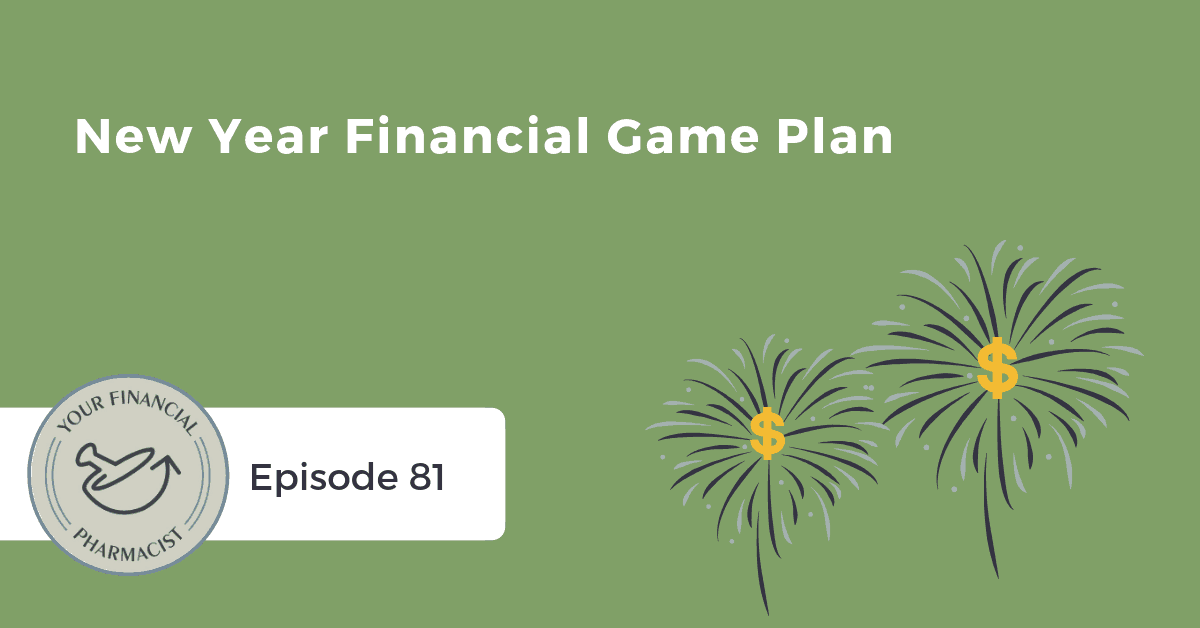How One Pharmacy Entrepreneur is Solving the Drug Shortage Crisis
On this episode of the Your Financial Pharmacist podcast, Tim Ulbrich, YFP co-founder, interviews Dr. Patrick Yoder, co-founder and CEO of LogicStream Health. Tim asks Patrick about his journey as a pharmacy entrepreneur which led him to get his PharmD from the University of Iowa to starting as a clinical pharmacist at Lake Regional Health-System to serving as the Director then VP of Clinical Development and Informatics at Wolters Kluwer to being the Co-Founder and CEO of LogicStream Health since 2013.
About Today’s Guest
Patrick developed a passion for innovation reengineering bicycles to better suit the needs of childhood. He started his career in medical research, then as a Clinical Pharmacist and an Informatician. He developed experience leading innovative teams at Wolters Kluwer Health as the Vice President of Informatics and Clinical Development. There he spearheaded the creation of a solution that established the company as the recognized leader in the market within four years. He also led the informatics team at Hennepin County Medical Center before co-founding LogicStream Health. Patrick enjoys scuba diving, running and cycling in his time away from LogicStream Health.
About LogicStream Health
LogicStream Health is trusted by a community of high-performing healthcare providers across the United States. The company’s clinical process control and improvement software-as-a-service (SaaS) platform stands alone in its ability to help customers gain instant insights to improve vital clinical processes and patient care. As a result, customers reduce cost and improve outcomes. Also available is The Drug Shortage App from LogicStream Health™ that reduces risk to patients, controls medication spend and increases staff productivity as a result of the ongoing drug shortage epidemic. The LogicStream Health SaaS platform is ‘must-have’ technology enabling clinical teams to quickly improve clinical processes in near-real-time and is designed for rapid implementation and easy adoption by end-user clinicians, informaticists, data analysts and executive teams. LogicStream Health software today is supporting hundreds of hospitals on a scalable and sustainable technology platform to standardize processes and deliver highly reliable healthcare. For more information, please visit www.LogicStreamHealth.com.
Summary
On this episode, Tim Ulbrich dives into learning about Patrick Yoder’s entrepreneurial journey. When Patrick graduated from pharmacy school, there was a shortage of pharmacists. Patrick chose to become a clinical pharmacist which then led him into taking on more business roles in companies. He served as the Director and then Vice President of Clinical Development and Informatics at Wolters Kluwer.
In these roles, Patrick was motivated to use technology to change the way pharmacists work with electronic health records. He took risks to co-found LogicStream Health in 2013 and continued his business-oriented journey. He currently serves as the company’s CEO. In 2018, the Drug Shortage App from LogicStream Health had its debut. The Drug Shortage App from LogicStream Health aids to support pharmacists to increase their work flow while also increasing patient safety.
Patrick shares advice on starting an app, why serving in the community is important and also what should be done to expose more pharmacists to an entrepreneurial path in pharmacy school in this episode.
Mentioned on the Show
- PolicyGenius
- LogicStream Health™
- Drug Shortage App from LogicStream Health™
- YFP Facebook Group
- Start: Punch Fear in the Face, Escape Average and Do Work That Matters by Jon Acuff
- The 4-Hour Work Week: Escape 9-5, Live Anywhere, and Join the New Rich by Timothy Ferriss
- Tribe of Mentors: Short Life Advice from the Best in the World by Timothy Ferriss
- The Innovator’s Prescription: A Disruptive Solution for Health Care by Clayton M. Christensen
- To Sell Is Human: The Surprising Truth About Moving Others by Daniel H. Pink
- The Hard Thing About Hard Things: Building a Business When There Are No Easy Answers by Ben Horowitz
- LogicStreaming Podcast
Episode Transcript
Tim Ulbrich: Patrick, welcome to the Your Financial Pharmacist podcast. Appreciate you coming on.
Patrick Yoder: It’s great to be here. Thanks for having me.
Tim Ulbrich: Yeah, I’ve been looking forward to this episode for some time as I shared a little bit before we hit record, learning some of your backstories as an entrepreneur, and I’m excited to get into that. And part of what I’m so excited about sharing with the YFP community is that they hear me talk often about the importance of entrepreneurship and lots of things going on in the pharmacy job market and things and to have a real, live example of somebody who has done this, came out with a pharmacy degree, had some clinical pharmacy experience and has now ventured into starting a company that obviously is growing. Look forward to hearing your story, picking your brain a little bit in terms of what makes you tick. So before we jump into the work that you’re doing with LogicStream, which is your company, and the recent launch that you had of the drug shortage app, which as I understand, actually debuted at the ASHP Midyear clinical meeting, I want to learn a little bit more about your journey into pharmacy school and the path that you took to get where you are today. So take us back to when you graduated from the University of Iowa. What were your career interests and goals at the time?
Patrick Yoder: Yeah, well, I mean, I think I graduated at a good time back in 2000s, early 2000s, there was a huge shortage of pharmacists. And I think while that was exciting and good, it was actually awful hard to figure out where to go. I think I had 10 different job offers. And I decided that I really wanted to do acute care stuff in hospitals, and so I really made that jump at that point and started to work on the clinical side. And then interestingly, EHRs came along quickly after that, which will tie into probably various different things as we go through our discussion today.
Tim Ulbrich: So you come out of pharmacy school, and as I understand it, you’re working in a clinical pharmacy specialist position. And then you took a jump into a director role and then a VP role at Walters Clure Health and then obviously that led up to the work that you’re now doing in starting LogicStream. So what was the catalyst for you making that transition from the clinical role to what you were doing at Walters Clure Health?
Patrick Yoder: Well, I think in general, there’s been a couple of jumps that I made. But I mean, that was the first one. And I remember that pretty specifically. I was working clinically in the ICU at a regional health center. And I even had this discussion with my parents, who you can imagine — and I was a few years into my career, and I said, “You know what, I think I’m going to jump to the corporate side of healthcare.” And they were kind of looked at me funny and said, “Why in the world did you go to pharmacy school if you wanted to be a business guy?” And I don’t know, I just, I think I’m kind of a calculated risk taker. And I think there was a real opportunity in that job, and I kind of felt like I could always keep my pharmacy skills up, although that’s actually a lot harder now than it used to be. But just really decided I wanted to take a look at that opportunity and really looked at it that way instead of a risk.
Tim Ulbrich: Did you — I’m curious — do you remember back in pharmacy school having some of those business interests? I mean, was that something that was always front of your mind? I mean, obviously you went into that clinical path right out but can you tie back now that you put yourself in a CEO role, can you tie it back to, yeah, you know, I really was mindset around the business component all along?
Patrick Yoder: Yeah. That actually really started with me as a kid. So my parents were entrepreneurs and started several businesses. And so the things that I was exposed to as a kid, talking about financial statements and employees and all that stuff around the dinner table. I later figured out, well, that’s just not normal. Most kids aren’t exposed to that kind of world. And so, a lot of the things that I actually thought were difficulties because I heard my parents like talking through some of this stuff, that really actually led me to a professional degree where some of the biggest things that I really had a desire to do more of after I had that professional degree. And I think there’s different ways to approach that. You certainly could do health system administration and pharmacy leadership and all of those angles as well. I just had this — for whatever reason, really liked to create things and ended up on a path that allowed me to do that.
Tim Ulbrich: So 2013 — I’m hitting fast track on your career just out of the sake of time here — but 2013, you founded LogicStream. Obviously, you currently serve as the CEO and co-founder of that. Tell us about the vision that you had for that company. Where did the idea come from? And obviously, with any business, you’re trying to solve a problem, right? So what business were you trying to solve in starting that company?
Patrick Yoder: Yeah, so I mean, just going back just a little bit, at Walters Clure, we were very much in the middle of the EHR adoption phase. So basically, everyone was buying Electronic Health Records, everyone was installing them and putting them in their health systems. And a lot of the products we built there, which I was on the kind of new product development team, and my group of folks did a lot of work in that area. And therefore, I spent a lot of time in the market, and so I was always thinking about, well, what’s next? What is going to be the next problem? And through that, really figured out that Electronic Health Record is actually just the beginning. All of the things that we were doing to put those in place were baseline. And we weren’t thinking at all about or not as much as we should have been thinking about how do we use this technology to actually change the way we work. And in fact, that’s really where LogicStream and the ideas originally came from is how do you not only have an EHR in place but really use it to help your clinicians do the right thing and do it more often that maybe they can remember on their own?
Tim Ulbrich: So obviously, that experience you had at Walters Clure gave you the foundation and sparked that idea, which then became LogicStream. And I think one of the questions I’m very interested in learning more about is your mindset around risk at the time. You obviously had a great job, and so you’re making this decision to start something new. And I think that is a factor that can prohibit and paralyze many pharmacists that may be thinking of an entrepreneurial idea. So what type of risk did you take on to leave a comfortable and successful career to start this company? And if you had fears at the time, how did you overcome any of those fears and overcome any of the self-limiting beliefs that you may have had about, you know, in reference to your parents earlier, that you’ve got a great career, and now all of a sudden, you’re going to jump out and do something on your own?
Patrick Yoder: Yeah, well, you think that conversation was challenging when I was a pharmacist going to the corporate world, you can imagine what it was like when I now have a family and a wife, and they look at me like, wait, you’re going to do what?
Tim Ulbrich: Yeah.
Patrick Yoder: What’s this story here? You know, but luckily, through my work at Clure, I had a lot of connections. And I really leveraged those to help soften that transition. So I actually went back to the care delivery side of the world for a short period of time to validate some of the ideas that I had about building a company or a product. And then also leveraged the relationships to do a lot of contracting and consulting work in the interim as well. And you know, I guess the real driver for me was that I could see that there was a better way and really wanted to play out that thought and test it and see if it was real. And that’s I think the balance. I mean, most entrepreneurs are generally risk-takers anyways. I think the smart thing to do is be pragmatic about that and understand the risk as much as you can. And certainly having a pharmacy degree is a really nice backstop, right? You can always jump back into that and have plenty of work to do.
Tim Ulbrich: Yeah, and I love what you said there. I mean, that resonates with me. And for many that are thinking of business ideas is that you’ve got a degree to fall back on. You know, many that are starting companies don’t, obviously. Many people can start, you know, a business while they’re obviously working or at least kind of begin to get that process going. And I really liked what you said about the validation process, right? So you had an idea and you went in and worked to validate some of that before you jumped in, obviously, to the beginnings of that company. So the drug shortage app — and we talked a little bit about this before we hit record — is obviously a big area that you’re working on now. Drug shortage app from LogicStream Health made its debut, as I understand it, at the 2018 ASHP Midyear Clinical Meeting in Anaheim, and I wish I would have known that before the meeting. I was actually there, so I wish I would have known that. I could have stopped by the booth and say hello. But tell us a little bit about that app and why this solution is so important to our profession and to healthcare?
Patrick Yoder: Yeah, well, I think for me personally, it’s really exciting because you know, we started this company and have a large number of hospital customers across the country. And we typically work in with nurses and physicians a lot on improving their processes. And so it’s really exciting for me to actually be able to launch more so into the pharmacy space in a very specific way. And the way we actually ended up here is we listened to our customers and what the pharmacists that were using our software tools, even before we launched the app, were saying about their biggest problems. And I think it really became apparent to us as a group that, you know, drug shortages are a huge problem. They basically disrupt the primary workflow of the pharmacist, so you can’t actually take an order or a prescription and create a safely administered drug. And that’s a huge problem, and it was basically sucking up a lot of their time trying to figure out how to use alternatives or really buy directly from manufacturers or whatever the case may be. And then it also has a huge safety component, which drug shortages and using different formulations and different drugs that aren’t common to a health system can actually lead to adverse drug events for patients, which is kind of near and dear to any healthcare person’s heart. So we’re really excited about the opportunity to help pharmacists in a very meaningful way.
Tim Ulbrich: So when you launched that at the Midyear meeting, I mean, was that a moment of celebration and culmination of hard work? Or are things just so busy and moving so quickly that you’re kind of always onto the next project or even to see obviously that through for the time being?
Patrick Yoder: Oh no, that’s absolutely the way it works. I mean, the team here puts in a tremendous amount of energy when we’re launching a new product. And you know, months ahead of time, you’re doing plenty of work and designing how all the screens work and how it actually gathers the data necessary to make it run, and so we had even prior to that, spent many, many hours with pharmacists on the phone, understanding the pain points of the whole problem. And so absolutely, it was definitely an event and something that the entire company wanted to hear more about, even during the show as it was going on, how well it was really fitting with the needs of pharmacists.
Tim Ulbrich: One of the common questions I get from people on different ideas is they always say, “I’d like to start an app to do this or that,” and you know, then the next follow-up question is, “What exactly goes into developing an app?” And not that we’re going to get in on that in this show, and obviously, we’re pharmacists, right? We’re not developers. But I think my question to you is what advice would you have for somebody in terms of where do you start? I mean, is this something that you have to go out and raise a bunch of money and capital to get some backing to do? Or where does somebody start with an idea of an app for whatever problem that they’re trying to solve?
Patrick Yoder: I would highly recommend not going out and getting a bunch of capital to start with. That’s not what we did. And in fact, most of the thing that you need to do first is actually just start. And that sounds kind of strange, but it is really the way it works because as soon as you start, you put yourself on a path to learn a whole lot more about the problem than you understand today. And in fact, that is actually where all of your intellectual property comes from that then you can use to raise capital in much better scenarios than Day 1. So just start, and be ready for some sleepless nights and maybe a lot of them. And you’ll learn very quickly if it’s a good fit or not. And don’t be scared of the fact that it’s not because there actually will likely be a whole bunch of things around it that are a really good fit in the marketplace, and then you’ll have to choose which one you want to pursue, which is actually a good problem to have but also a very difficult decision.
Tim Ulbrich: I love what you said there. I actually just posted recently on our Facebook group, one of my favorite books that I like to reference a lot is actually called “Start” by Jon Eckhoff. I don’t know if you’ve read it before, but it was really instrumental for me when I was starting Your Financial Pharmacist back in 2015 that when you have I think a new idea, and obviously what we’ve been working on isn’t the scale of what you’re doing over at LogicStream, but there’s so many fears and limiting beliefs that come into play. And well, I don’t know how to do x or what about setting up the structure of the organization? Or where’s the money going to come from? Or what about the website? What about the accounting? The legal? All of these things. And I think the thing I look back at that allowed us to get going was just taking the first step, right? Just starting. And you know, as I look back, it wasn’t pretty. It wasn’t how I would do it today, but every one of those steps leads to another learning moment. And you don’t know what you’re fully stepping into until you actually embrace that step. And I’m guessing you felt a little bit of that back in 2013 and even as you entered into the app development and new products or services, you know, I’m sure there’s some of that as well. So I think there’s great wisdom in there that I hope our listeners heard in what you just said there. One of the things, Patrick, that stood out to me as I was looking at LogicStream’s website is I think front and center on your homepage or maybe just scrolling down a little bit on your homepage, I noticed that your company has been active even already in the New Year with volunteering with the food group in New Hope, Minnesota. And we talk a lot about here the importance of philanthropic efforts as a part of a financial plan and how that really provides perspective. And to me, as I saw this, this really was an indicator of the value that you see as your company and the role it plays in philanthropic activities and in the community and in serving in the community. So why do you feel as the CEO that it’s important for your company and your employees to be a part of serving and giving in the community?
Patrick Yoder: Yeah, well, it’s a huge piece and sort of team-building perspective, it helps — you know, having your team do something together that they kind of cross different areas of the company and they maybe don’t work together every day actually really helps build relationships and a real team. But you know, I think at the core, entrepreneurs and CEOs — and this may sound a little different than what you typically hear — so while our jobs are to create things and make money, we actually see that as actually a service to the world around us. So and it’s funny, one of my mentors taught me this. You know, if you think about something like LogicStream and we have 35 or so employees right now, those jobs didn’t exist without actually building the company and keeping to push it forward. And so even just those jobs and the value and the pay that we put into those people’s lives are in service, in some ways. And so we kind of just carry that out, I think, as a company across the board. And it is important for sure. And as we get larger, it becomes I think even more important and really a critical piece of how a company actually makes an even bigger impact in the world around them.
Tim Ulbrich: So along the lines, one of the things that sticks out to me that I alluded to a little bit earlier is I feel like pharmacists often by nature are fairly risk-averse. And I think part of that is maybe driven by personality but also in part because of, you know, you may graduate at 24-25 years old, and you’ve got a six-figure salary that’s facing you, and it may be hard to say no to that if you have $150,000 or $200,000 of student loan debt and other variables that are in there as well. But I think we as a profession are at a point where we need to create and innovate and stimulate and make some of these opportunities and reinvent how we have thought about practice and thought of different things. So I’m curious from your standpoint of somebody who graduated with a PharmD and now somebody being a CEO and an entrepreneur, what can we be doing or what should we be doing in pharmacy education to help provide some of these principles, whether it’s entrepreneurship or maybe even more intrepreneurship of those that aren’t going to go start their own company but need to be thinking in an entrepreneurial way inside of the organizations in which they operate?
Patrick Yoder: That’s an interesting question. And I think maybe I’ll answer it this way. So I’ll go back to my training when I was at the University of Iowa. You know, I don’t think we were very exposed to pharmacists that took unique paths. So we certainly were exposed to pharmacists that build their clinical practice in ambulatory care or some specialty pharmacy area, but never — I mean, I don’t remember ever being exposed to a pharmacist that is a technologist and started a technology company or some device. I mean, there’s probably endless examples of this. And that’s probably the first step, just opening up that a little bit so students can see, well, gees, there actually is a huge opportunity out here. And in fact, I think going back to your risk question, the whole fact that you have a professional degree — and I kind of get the loan stuff that goes with it, I’m still paying for mine, by the way.
Tim Ulbrich: Yeah.
Patrick Yoder: It’s an opportunity. I mean, I really see it as an opportunity because you have that backstop that other people don’t have because of that degree and the time that you put in building that clinical knowledge. And in fact, I think in some ways, it makes you more effective in actually finding good solutions to the potential problems too. So it’s an opportunity, I think.
Tim Ulbrich: Yeah, I agree. I think exposure in the PharmD curricula is huge. I hope your alma mater is taking advantage of you. But even just planting the seeds, right? I mean, I think that if they can hear from somebody — and it may not be an area they’re necessarily interested in, but just to know that, you know, there’s different opportunities that are out there. I typically see there’s a mindset of I either can go into community-based pharmacy practice, or I can go into residency training. You know, that’s kind of the two trains of thought. And that may be where somebody starts or maybe not, but just to even begin to plant the seeds of there are different opportunities in which your degree can open doors and to get people thinking about those. So one of my questions for you is obviously, as somebody who is I’m assuming extremely busy and you’re trying to balance family and prioritizing that as well and making sure you’re serving your employees and the company and the vision you have, what do you do for fun? I mean, how do you keep yourself from burning out? What are your strategies?
Patrick Yoder: That’s a great question. You know, I actually think that — and I am pretty busy. I spend an awful lot of time working on the company and, to some extent, in the company as well. And I think about burnout more about as a mindshare problem, and so if you can’t ever get away from, you know, applying your thoughts and mental energy towards the business, that’s actually I think what burns you out. So if you do that non-stop forever, you’re not going to — you’re going to burnout. Whereas if you just can create some time — and it doesn’t even have to be in big chunks — but some time throughout the week where you’re not spending your mental energy on that, that really helps keep you balanced. And then I think the other thing you always have to really be very cognizant of is your family, right? So just because I’m an entrepreneur doesn’t mean that my wife is, doesn’t mean that my kids will be, so you have to understand probably the level of commitment and energy that you’re actually putting into the business and take time away to just spend with them. And it actually doesn’t have to be as complicated as it sounds. Sometimes it’s a conversation over a coffee.
Tim Ulbrich: Yeah, absolutely. Good stuff. I want to finish out with an idea that I’m trying for the first time, I’m stealing actually from Tim Ferriss, author of “The Four-Hour Work Week,” widely known for his podcast. I started reading his book called “The Triumph of Mentors,” which we’ll link to in the show notes. And in there, he essentially interviews a lot of people with some questions to really pry into their brain and how do they operate and what do they think and how might people who are interested in some of these ideas begin to think about further developing themselves. And I think what I love about these questions is that it’s going to give myself, selfishly, and our listeners some insight into how successful entrepreneurs and people doing things like you’re doing are thinking and the behaviors and habits that contribute to success. So I’m going to rapid-fire a few questions, and then we’ll wrap up with some more information about where people can learn about what you’re doing. So let’s start, Patrick, with if you’re a reader? I’m assuming you are. It seems like most entrepreneurs are. But what are one, two or three books that you feel like have really greatly influenced your life and the way in which you think?
Patrick Yoder: Oh yeah, there’s a long list, so I’ll pick out what I think are probably some of the most pivotal ones. And I actually read books that are, I don’t know, I find a lot of value in their contextual. So starting the company, one of the big ones that I absolutely loved was “The Innovator’s Prescription,” Clayton Christensen’s book. He actually wrote a whole series of them. I’ve actually read all of them, but that book is just — it helped me kind of frame up how to really think about the dilemmas of innovation inside a big company and then what it means for an entrepreneur. I really like a lot of Daniel Pink’s stuff, you know, “Drive,” “To Sell is Human,” all of those typical things that you run into pretty quickly in a company. It’s like basically how do you get people to buy the stuff that you’ve built that’s really cool, right? And then my favorite book, which is actually almost like a textbook — so mine’s all marked up and I have little tabs on the pages — is Ben Horowitz’s book, “The Hard Thing About Hard Things.” And it’s —
Tim Ulbrich: Ah, I’ve never heard of it. Tell me more.
Patrick Yoder: It’s a fantastic book. I mean, it’s basically — so Ben Horowitz is a venture capitalist who’s also started companies and actually built them into kind of dot com era. It’s a terrific story, but it has — it’s just loads of great information about how he dealt with the difficulties of running an early-stage company and building it and venture funding and all that stuff. And I go back to it a lot and basically read his story because it’s very contextual and real. I mean, you can tell that he was living it. So it’s really a fantastic, fantastic book.
Tim Ulbrich: Great recommendation. We’ll link to those in the show notes. And I’ll be ordering those from the library soon. So thank you for the recommendations. So let’s talk about for a moment failure. Can you point back to a moment as you were starting up LogicStream or even maybe more recently with the app of something that you would say is a moment of a favorite failure? Something that you look back and say that in the moment, it may have been painful, but it’s really set me up for success in the future.
Patrick Yoder: Oh man, there’s probably some yesterday. I think that one of the key things that you’ll probably learn from talking to people like me, I would imagine, is the thought of failure is actually pretty different. So — and I tell my kids this all the time, and the first time I told them, they kind of looked at me weird and I bet their teachers probably hate me. But if you don’t fail, you actually can’t learn.
Tim Ulbrich: Absolutely.
Patrick Yoder: And so if you look at failure that way, you actually just try to do it faster, as fast as you can because in a company like ours, the faster you can learn, and the faster you can adjust to those learnings is your competitive edge. You know, you’re not going to win against Amazon by raising more money. You’re just not going to win that way. And so if you have that context about failure, it just totally changes the way you actually think about them. And I’m guessing in some ways, it actually changes your risk aversion towards them as well, towards failures.
Tim Ulbrich: I love that. I read recently something from Seth Godin. I’m drawing a blank on what it was, if it was a blog or one of his books, where he talked about exactly what you said and really trying to not avoid failure but where it’s happening, accelerate the process and minimize the damage.
Patrick Yoder: That’s probably true.
Tim Ulbrich: Yeah. But that it’s so essential, and I think to your point about it changes the risk aversion that I think can happen along the process way. Along the way. So what advice would you have, you know, lots of smart, driven pharmacy students that are listening, about how to enter the “real world.” What are some words of wisdom that you would have for them as they’re entering somewhat of a chaotic time in our profession and in healthcare at large?
Patrick Yoder: Yeah, I mean, I think that it’s — so I would actually recommend against just jumping straight to building companies. I think there is some significant learning that can happen very, very fast when you actually go out there and do the real work of pharmacists and learn how health systems are actually operating today. And then bring that to the table as part of your thought process. And then find people who have done this. I think that probably the interesting thing that most people may not know is that people like me, so I actually have a coach. I have a CEO mentor that has done this multiple times over, and I ask him questions all the time about how did you do this? What did you do about that? And it’s so helpful to have those kind of people around you. Even in my team, our CFO has done this multiple times over. Those kind of resources are just incredible to have because they really help you up your wisdom game, which you only get from experience. And so you know, kind of lean into those people that likely are smarter than you. But just be aware that they’re really trying to help you, and that’s a key part of it for sure.
Tim Ulbrich: Yeah, and I love — just to piggyback on that — investing in the areas of your life a coach and a mentor that are most important to you. And I love that as a word of wisdom. So Patrick, my understanding, you actually host a podcast as well, LogicStream, to conduct interviews with healthcare leaders discussing trends and issues that affect healthcare leadership and clinicians, innovations in healthcare, IT and more. So beyond that podcast, which certainly our listeners can find and we’ll reference in the show notes, where can our listeners go to learn more about you and more about LogicStream?
Patrick Yoder: Yeah, I mean, the best place to go is our website, so LogicStreamHealth.com. There’s an awful lot of content out there, not only from me but from other people in our company as well as some of our customers. So certainly head out there and take a look, and if you have any questions for me, I’m always open to discussing interesting and exciting ideas with folks.
Tim Ulbrich: Awesome. So as we wrap up this week’s episode of the Your Financial Pharmacist podcast, I want to give a special thanks to Patrick and their team at LogicStream that helped us get ready for this interview. Obviously, incredibly busy and for him to give us his time, I know is something that has left an impact on me. And I’m excited to be able to share this with the community. We’ll link to all of the things that we talked about in the show notes. And as always, we appreciate you as the YFP community joining us for this week’s episode of the podcast. And as always, if you liked what you heard, please leave us a review in iTunes or wherever you get your podcast each and every week. Have a great rest of your week.
Recent Posts
[pt_view id=”f651872qnv”]

